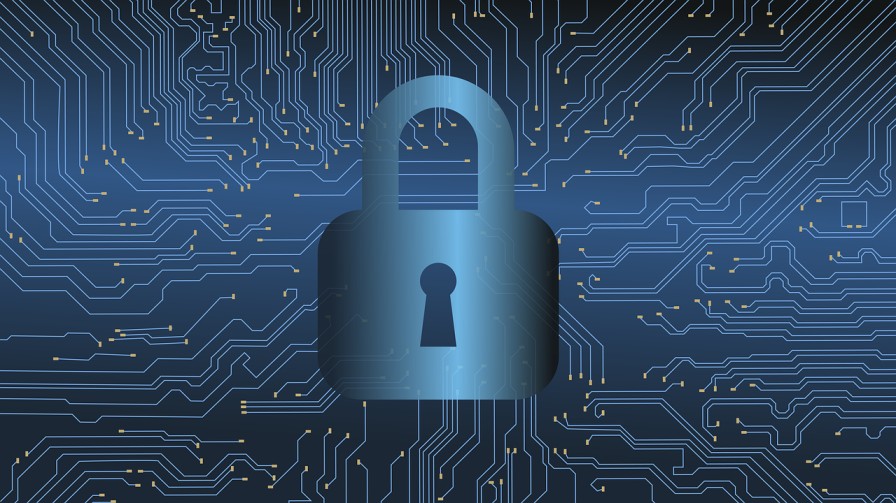Introduction
In today’s digital world, keeping our information safe is more important than ever. Cyber threats, like hacking and viruses, are becoming more common and sophisticated. Artificial Intelligence (AI) is emerging as a powerful tool to help protect us from these threats.
The Growing Need for Advanced Cybersecurity Solutions
Cyber threats are constantly evolving. Hackers use various techniques like malware (bad software), phishing (tricking people into giving up personal information), and ransomware (locking files until a ransom is paid). Traditional methods of cybersecurity struggle to keep up with these new threats. This is where AI comes in.
Table of Contents

How AI is Revolutionizing Cybersecurity
Threat Detection and Prevention
- AI can analyze huge amounts of data to spot patterns and anomalies that might indicate a cyber threat. For example, if a system usually gets 100 login attempts a day but suddenly gets 1,000, AI can flag this as suspicious.
- Machine learning, a type of AI, helps predict and stop attacks before they happen by learning from past data.
Behavioral Analysis
- AI monitors how users typically behave. If someone suddenly starts accessing files they usually don’t, AI can detect this unusual behavior and alert security teams.
- For example, if an employee always logs in from New York but one day logs in from another country, AI can recognize this as a potential threat.
Automated Response and Mitigation
- AI can automatically respond to threats. If it detects malware, it can isolate the infected part of the system to prevent it from spreading.
- This quick response helps minimize damage without waiting for human intervention.
Improving Endpoint Security
- Endpoints are devices like computers, phones, and smart gadgets. AI can enhance their security by using smart antivirus programs that learn and adapt to new threats.
- This keeps devices protected even as new types of malware are created.
Enhancing Threat Intelligence
- AI gathers and analyzes information about new threats from various sources. It helps organizations stay updated about the latest cyber threats and how to defend against them.
- By sharing this information, companies can improve their defenses.
Protecting Against Insider Threats
- Sometimes, the threat comes from within the organization. AI monitors employee behavior to detect any suspicious activities that might indicate an insider threat.
- For example, if an employee starts downloading a lot of sensitive data unexpectedly, AI can alert the security team.
Case Studies: AI in Action
Real-world Examples: Many companies are successfully using AI to boost their cybersecurity. For instance, some banks use AI to detect fraudulent transactions by analyzing patterns that humans might miss.
Benefits: These companies see reduced risks and faster responses to threats, making their systems more secure.
Challenges and Considerations
Challenges: Implementing AI in cybersecurity isn’t easy. There are concerns about data privacy, the need for skilled professionals, and the risk of AI systems being attacked themselves.
Continuous Learning : AI models need to keep learning and adapting to stay effective against new and evolving threats.
The Future of AI in Cybersecurity
- Advancements: In the future, AI will likely become even more advanced in detecting and preventing cyber threats.
- Robust Defenses: AI could help create stronger, more resilient cybersecurity defenses, making it harder for hackers to succeed.
Conclusion
AI is playing a crucial role in enhancing cybersecurity. It helps detect, prevent, and respond to threats quickly and efficiently. As cyber threats continue to evolve, integrating AI into cybersecurity strategies will be essential for staying protected in our digital age.
